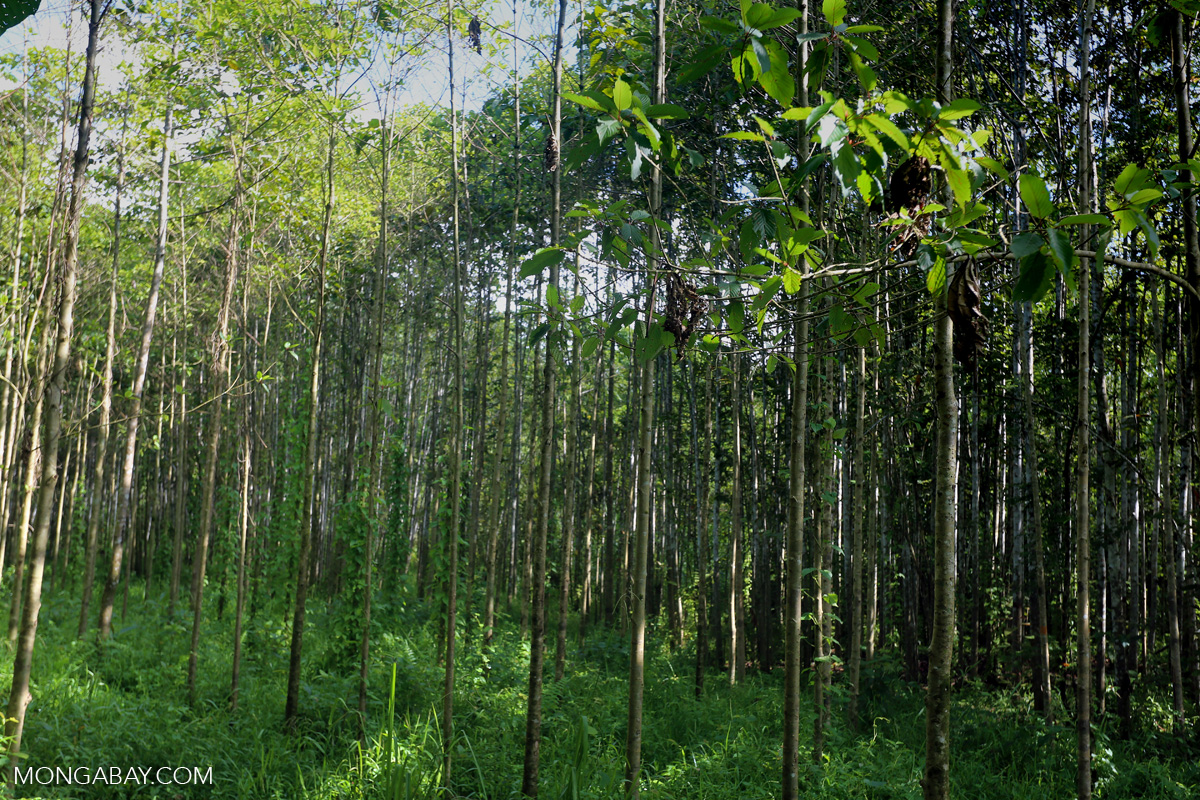- A new study has found that global land use changes due to human impacts are four times greater than previously thought.
- It found that humans have generated changes to 43 million square kilometers (17 million square miles) of land, which is about a third of global land surface, between 1960 and 2019.
- The researchers used high-spatial-resolution remote-sensing data to detect when land had changed multiple times — for instance, forest being turned into pasture and then into cropland, or a reverse scenario in which cropland transforms back into forest.
A new study suggests that humans are having a greater impact on land than previously thought. According to its estimates, the extent of global land use change is actually four times larger than previously calculated.
“This [study] is a very important contribution,” Karlheiz Erb, associate professor of land use and global change at the University of Natural Resources and Life Sciences in Vienna, who was not involved in the study, told Mongabay in an interview. “We long had suspicions that land change actually is affecting a bigger area … and they provide, for the first time, an alternative data set [that supports this].”
Published in Nature Communications, the study found that humans have driven changes to 43 million square kilometers (17 million square miles) of land — or about a third of global land surface — between 1960 and 2019. That’s equivalent to an area of land about twice the size of Germany (720,000 km2, or 278,000 mi2) changing every year since 1960, according to the study.

The researchers drew on existing data sets on global land use, such as data from the Food and Agriculture Organization (FAO) of the United Nations, and combined them with high-spatial-resolution remote-sensing data. The latter allowed them to detect when land changed not just once, but multiple times. For instance, a forest could be turned into a pasture before becoming cropland. By taking these multiple changes into account, the research team was able to arrive at its conclusion that global land changes were fourfold.
“[That’s] what was most surprising to me — that there are land areas which have changed multiple times,” lead author Karina Winkler, a doctoral researcher at the Land Use Change & Climate Research Group at Germany’s Karlsruhe Institute of Technology, told Mongabay in an interview. “And before we could not track these changes in such detail.”
In parts of the world where economies are rapidly growing, it’s common to see deforestation and agricultural expansion, the study suggests. But cropland can also be abandoned and turned back into forest — a change that has become prevalent in the Global North, Winkler says.

“Land use change is not, per se, [always] harmful for the environment,” Winkler said. “Of course, there are large areas which are a carbon source and are contributing to greenhouse gas emissions [such as] deforestation for cropland or for pasture. But in the northern hemisphere we also observe that forests are expanding to the north, and this can be induced by climate change in Siberia. But, of course, this picture is very divergent across the globe.
“We should be concerned,” she added. “But at the same time [it] also gives a little bit of hope.”
Erb says that the study provides an “unprecedented data set” that will allow researchers to study land changes in a new way. He added that he would like to see further research on the dynamics between land use changes and biodiversity, carbon cycles, nitrogen cycles and even food security.
“This paper pushes open a door,” Erb said, “a door to do things better than you have been able to do before.”
Citation:
Winkler, K., Fuchs, R., Rounsevell, M., & Herold, M. (2021). Global land use changes are four times greater than previously estimated. Nature Communications, 12(1). doi:10.1038/s41467-021-22702-2
Banner image caption: Burned peat forest in Indonesia. Image by Rhett A. Butler.
Elizabeth Claire Alberts is a staff writer for Mongabay. Follow her on Twitter @ECAlberts.
FEEDBACK: Use this form to send a message to the author of this post. If you want to post a public comment, you can do that at the bottom of the page.














